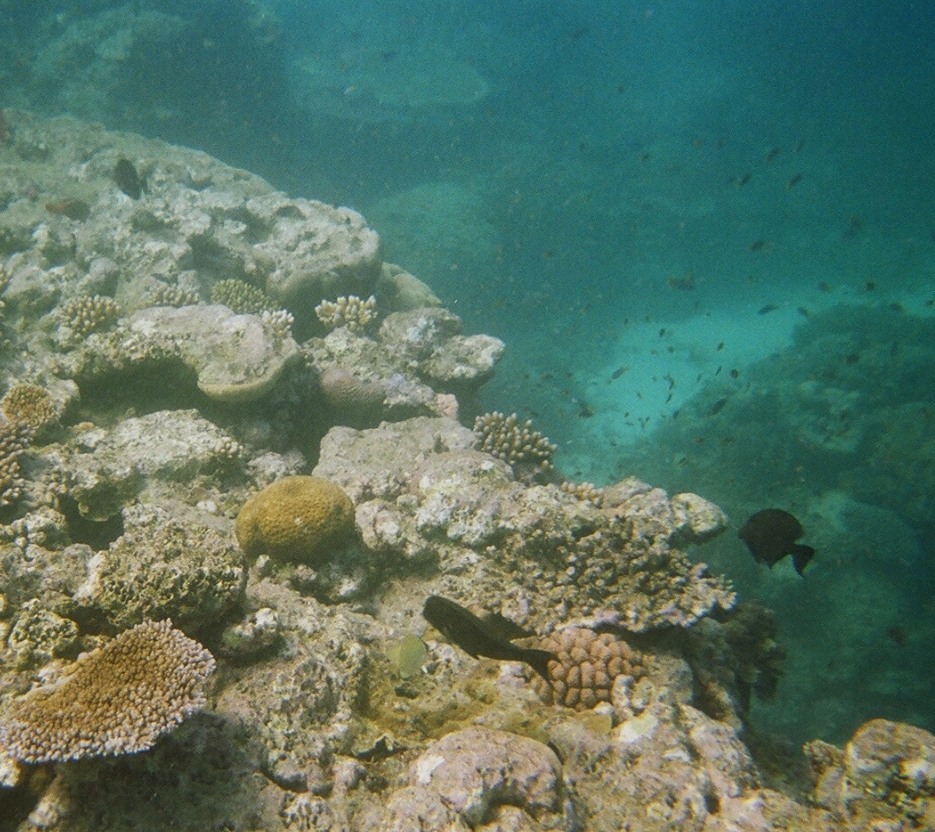ROVs: From Ocean to Land, and to Space
Author: Muyao Zhang
Based on my previous research, ROVs can be extremely useful in exploring the great depths of the ocean, and recording high-quality photos and videos which can be further examined back in laboratories. However, can ROVs be used for discoveries on land? Yes, they can!
My first thought was Mount Everest, as loads of mountaineers have trekked their way up every year but most have left their rubbish and waste on the mountain, not only severely degrading the natural landscape but also critically harming the fragile ecosystem. However, with the help of ROVs, any rubbish or waste can be easily collected and sent back to the base of Mountain Everest, ensuring that the carbon footprint is minimised and the environment is preserved.

Image 1: A Sherpa bags up litter on Mount Everest at 8,000 meters. (Source: https://www.livescience.com/)
As well as sending ROVs up to Mount Everest, these vehicles can also be used to explore outer space in search of potential life. For example, the current rovers running on Mars are operated in the way that the engineers send computer commands overnight, telling them where to go the next day. However, when an ROV is involved, it can be steered by the pilot using a joystick in a similar way of playing a video game.

Image 2: NASA’s Deep Space Exploration Robots on Mars (Source: elmomc)





Leave a Reply